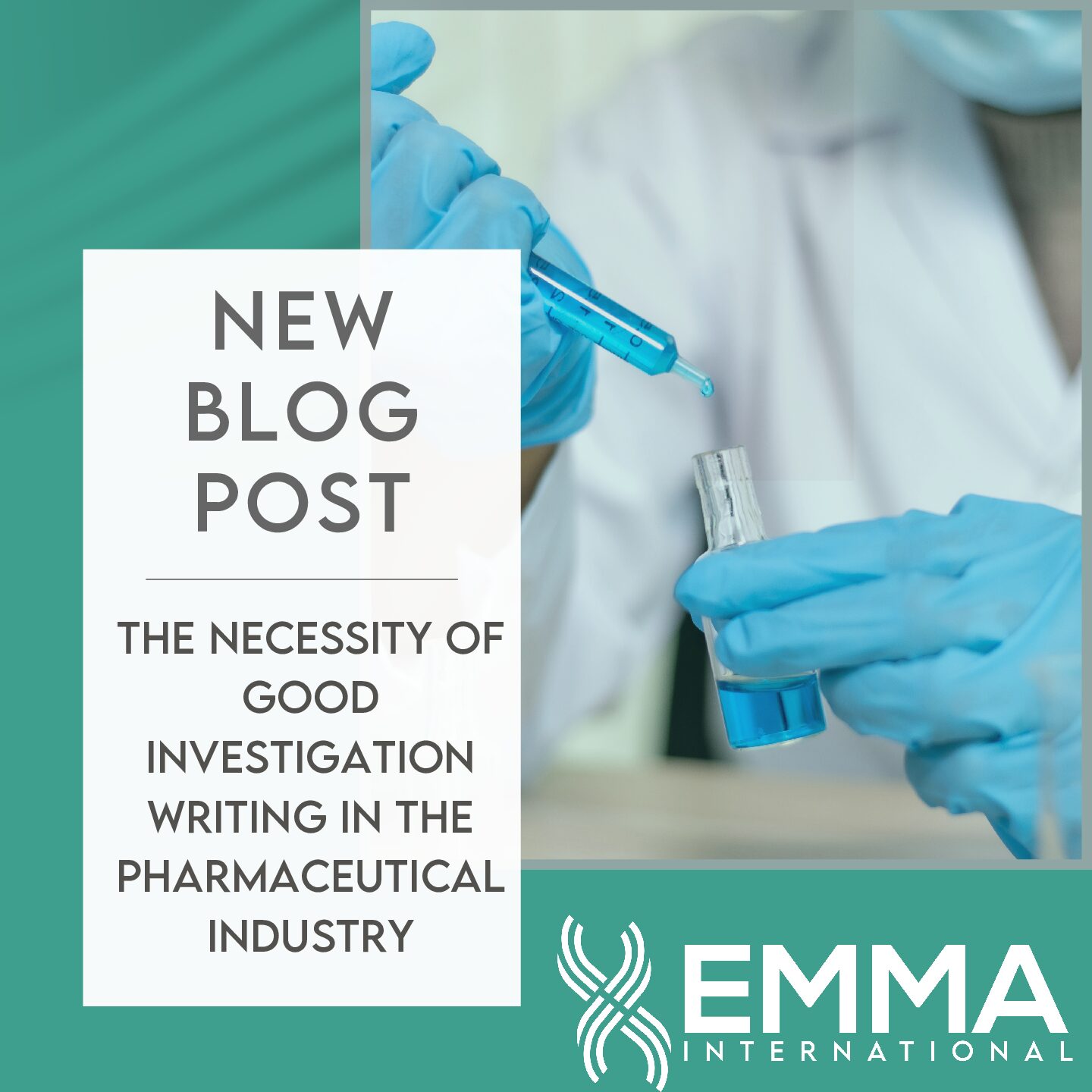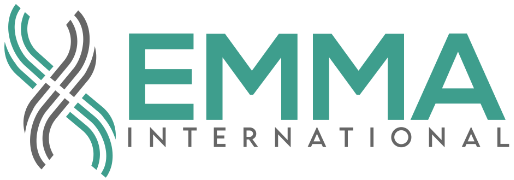In the field of In Vitro Diagnostics (IVDs), ensuring that a new or modified test performs equivalently to an established method is crucial for accuracy and reliability. This process, known as method comparison, is a fundamental aspect of assay validation and regulatory compliance. This blog will discuss what method comparison entails, why it’s important, and how it’s typically conducted.
Method comparison in IVDs refers to the systematic process of comparing a new or modified diagnostic method (test or assay) with an established reference or predicate method. The goal is to determine whether the new method produces results that are consistent with those of the reference method, within an acceptable margin of error.
Why is Method Comparison Important?
- Regulatory Compliance: Regulatory bodies like the FDA and European Medicines Agency (EMA) require method comparison studies as part of the submission process for IVDs. Demonstrating equivalence or superiority to an existing method is often a key step in gaining regulatory approval.
- Quality Assurance: Method comparison ensures that the new test provides reliable results, reducing the risk of inaccurate diagnoses, which could have serious clinical implications.
- Market Acceptance: Clinicians and laboratories are more likely to adopt a new diagnostic test if it has been rigorously compared to an existing method and proven to be as good as or better.
The choice of a reference method is critical. It should be well-established, widely accepted, and ideally, the current gold standard for the analyte or condition being tested. A robust study design is also essential. This includes defining the population, selecting appropriate sample sizes, and determining the statistical methods to be used for comparison. Common statistical tools include Bland-Altman plots, Passing-Bablok regression, and Deming regression.
Method comparison studies must evaluate both systematic bias (differences between the methods) and precision (the repeatability of results). This helps in understanding whether differences in results are due to inherent method variability or true performance differences. The study should include a diverse range of samples that cover the entire analytical measurement range of the assay. This ensures that the comparison is valid across different levels of the analyte.
Variables such as sample handling, reagent quality, and operator proficiency can affect method comparison results. It’s important to standardize these factors as much as possible during the study.
Steps in Conducting a Method Comparison Study
- Plan the Study: Define the objectives, select the reference method, and design the study protocol.
- Collect Samples: Obtain a sufficient number of samples, ensuring they cover the desired measurement range.
- Run the Tests: Perform the tests using both the new and reference methods under the same conditions.
- Analyze the Data: Use statistical methods to compare the results. Key outputs include correlation coefficients, bias estimates, and limits of agreement.
- Interpret the Results: Determine whether the new method is comparable to the reference method. If not, identify potential reasons and consider further modifications or improvements.
Method comparison is a critical component of IVD development, ensuring that new diagnostic tests are as reliable as established methods. By carefully planning and executing a method comparison study, you can meet regulatory requirements, assure quality, and gain market acceptance for your IVD products.
At EMMA International, we specialize in supporting companies through the complex process of IVD method comparison. Our team of experts can assist in study design, data analysis, and regulatory submission, ensuring that your diagnostic products meet the highest standards of accuracy and reliability.
Whether you are developing a new IVD or modifying an existing one, our expertise in quality and compliance can help you navigate the regulatory landscape and bring your product to market with confidence.
FDA (March 2007) Statistical Guidance on Reporting Results from Studies Evaluating Diagnostic Tests – Guidance for Industry and FDA Staff retrieved from: https://www.fda.gov/regulatory-information/search-fda-guidance-documents/statistical-guidance-reporting-results-studies-evaluating-diagnostic-tests-guidance-industry-and-fda






